
The Most Beautiful Winter Walks in Venice (Local’s Favorite Routes)
Winter is the season when Venice reveals itself. The crowds thin, the light softens, fog wraps the canals in mystery,

Winter is the season when Venice reveals itself. The crowds thin, the light softens, fog wraps the canals in mystery,

Winter in Venice has its own rhythm: quieter streets, longer shadows, and a softness in the air that makes the

Christmas in Venice tastes like no other place in Italy. The city has its own winter flavors, traditions, and family

Christmas transforms Venice into a city of candlelight, reflection, and quiet rituals. One of the most beautiful ways to experience

In most of Italy, Santa Lucia (St. Lucy) is a beloved December tradition — a day of sweets, candles, small
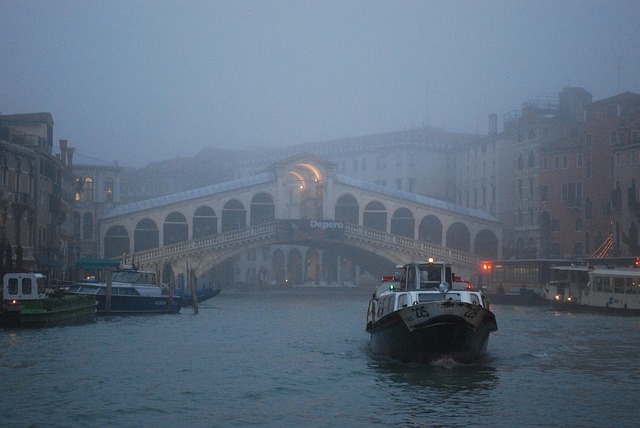
Christmas in Venice is not the loud, sparkling celebration people imagine when they picture Italy in winter. For Venetians, Christmas
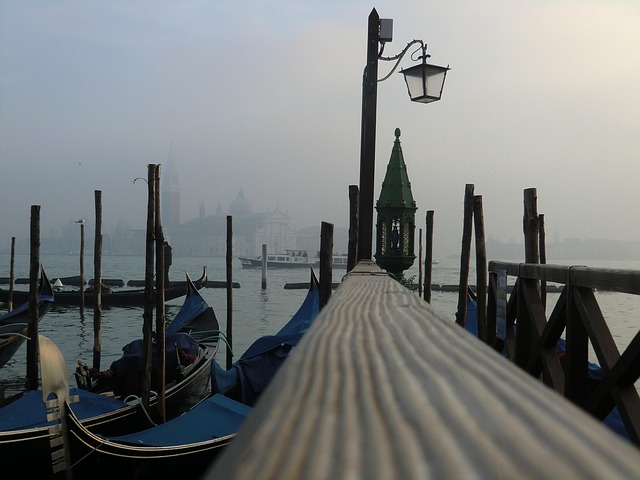
Winter in Venice is not simply a season. It is a sensation — a way of experiencing the city that

Most travelers imagine Venice in summer: bright canals, blue skies, bustling gondolas. But those who know the lagoon well understand

Venice transforms beautifully during the Christmas season. The lights reflect softly on the canals, shop windows glow with warm displays,
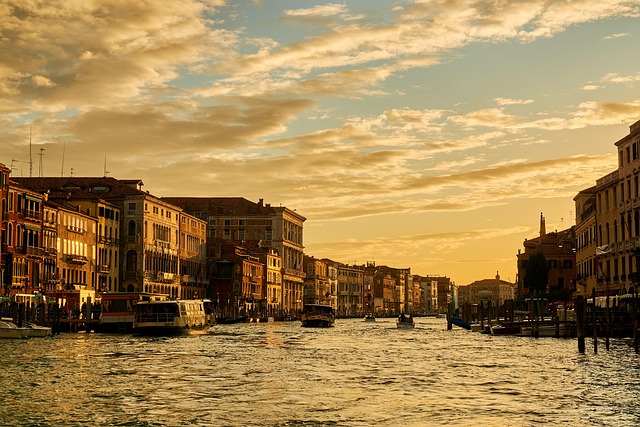
In Venice, the Christmas season doesn’t truly begin with lights or markets. It begins with a holiday that Italians hold

In the cold months of the Venetian lagoon, when the air is crisp and the canals reflect the grey-gold winter
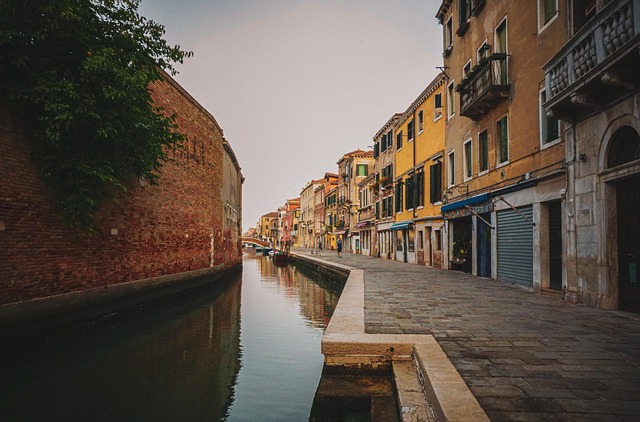
Before Christmas lights, before holiday markets, before Santa Claus arrived in Italy, there was another winter figure who quietly shaped

When travelers imagine Venice, they picture warm sunsets on the Grand Canal, bustling squares, gondoliers gliding across the water, and
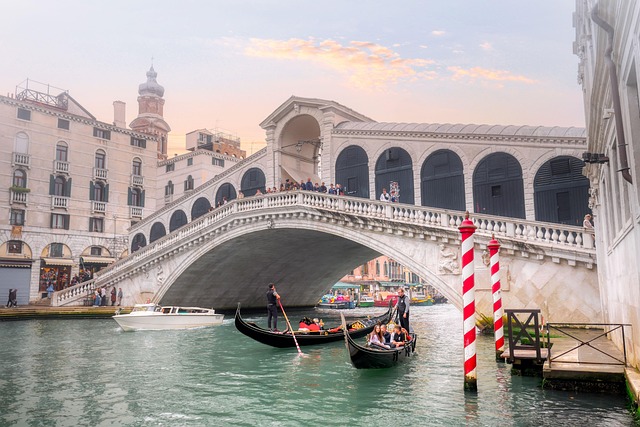
Ask a Venetian what winter feels like in the lagoon, and they’ll smile before they answer. Winter in Venice isn’t

Winter in Venice is a season of intimacy. The lagoon slows, the fog rolls in, the lights soften, and the

Winter in Venice carries a rhythm of its own. The lagoon quiets, the fog settles, and the city returns to
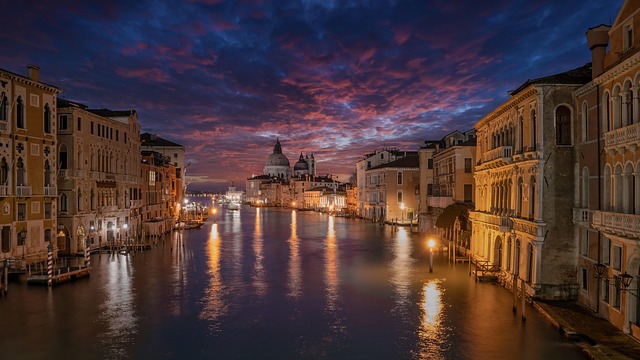
December in Venice is a month that transforms the city into something softer, slower, and infinitely more intimate. The crowds
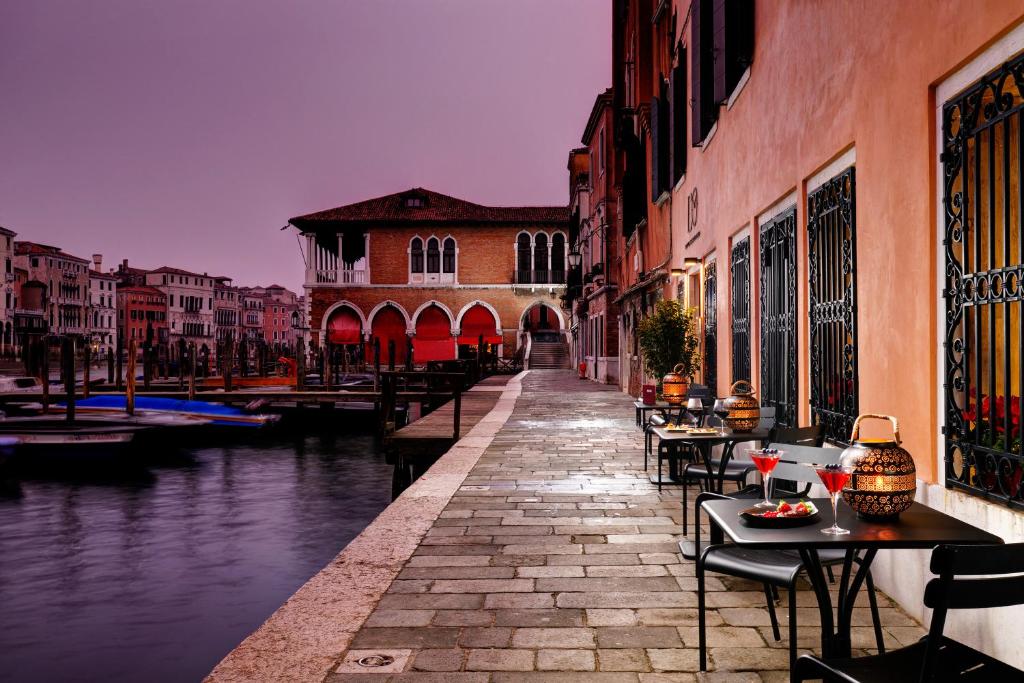
Venice in December 2025 — Winter Lights, Opera Nights & Silent Lagoon Magic December in Venice feels like a secret
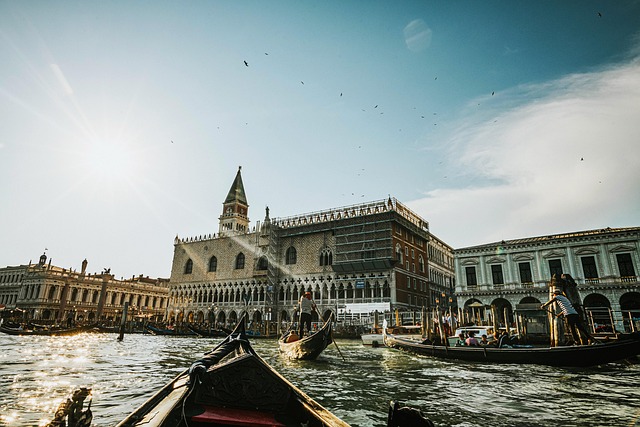
There is something extraordinary about Venice in December. The summer crowds are gone, the lagoon exhales, and the city feels
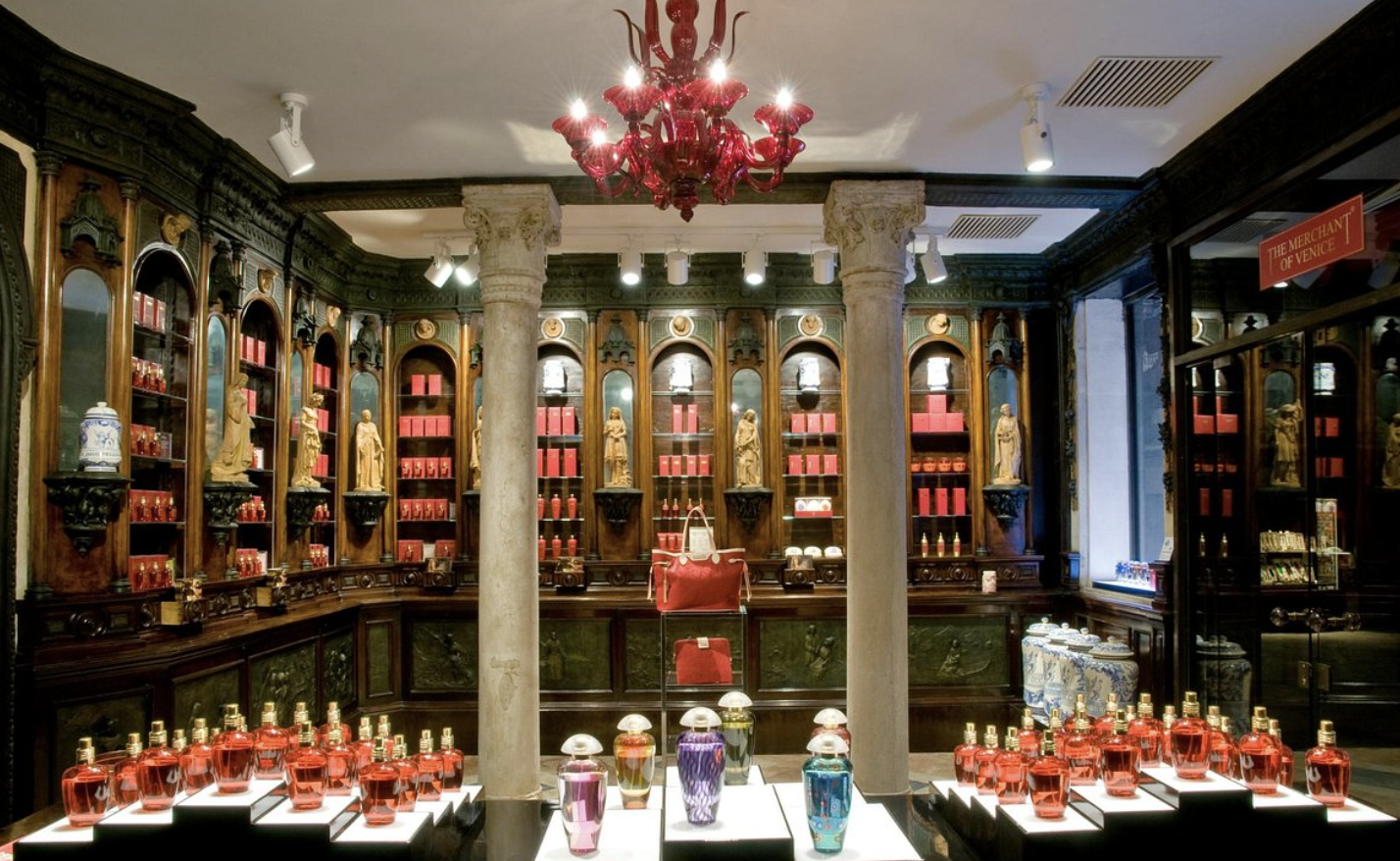
Venice doesn’t have one single scent. It has thousands — drifting from spice markets, salt air, ancient palazzi, apothecary shelves,

I'm Igor Scomparin. I have been a Venice graduated and licensed tour guide since 1997. I will take you through the secrets, the history and the art of one of the most beautiful cities in the World.